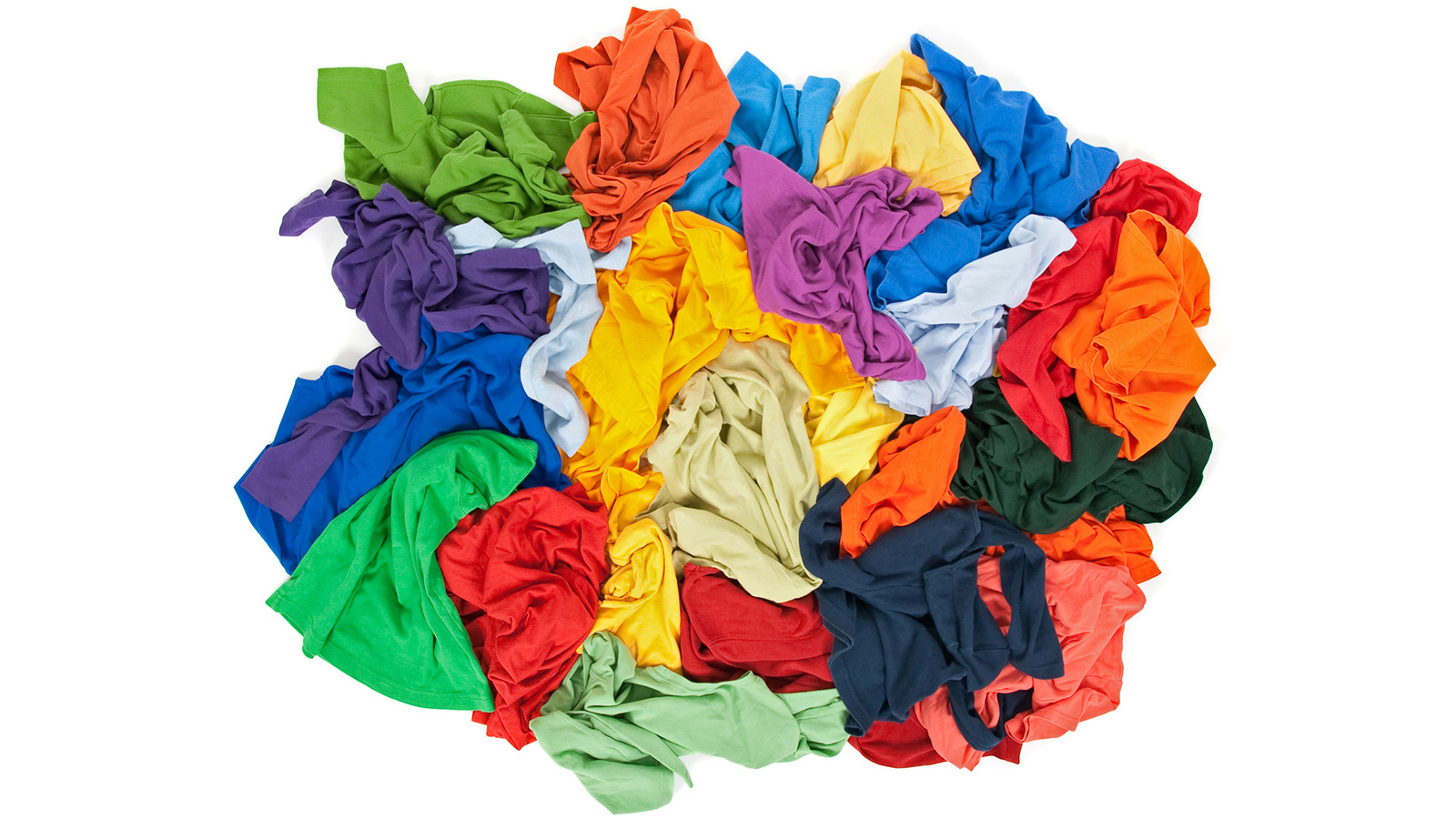Q. Dear Umbra,
I use and reuse some rags. They are deteriorating and at the end of their useful lives. I have found out that they are airlaid paper. (They remind me of a thick wet wipe that lost its wetness.) Because of their resemblance to fabric, are they recyclable as a textile? Compostable? I know they can’t be recycled with paper.
CM
Sleepy Hollow, Illinois
Q. Dear Umbra,
The owner of the Pilates studio I attend has gone out of her way to make the place as green as she can. She buys microfiber towels for us to use to wipe down the equipment with an eco-friendly solution. But I sent her your column on the problems with microfiber, and now she is asking me to find alternatives. My initial suggestion was those cotton bar towels found in packs of six to 12. What would you suggest she replace those microfiber towels with?
Susan G.
Denver, Colorado
A. Dearest CM and Susan,
CM, meet Susan; Susan, meet CM. Given that you two share similar concerns about cleaning rags, I’ve invited you both to this discussion. I’m sure we’ll all get along swimmingly.
Now, you’ve asked different questions, one about disposing of old rags and one about acquiring new ones. But like treasure maps, both have led me to the same place: rags made of old cotton! Allow me to retrace my steps with each of you in turn.
CM, let’s start with you. The airlaid paper you speak of is a somewhat confusing beast: not quite paper, not quite fabric. Most often encountered in diapers, medical or baby wipes, cleaning cloths, and other highly absorbent products, airlaid paper primarily is made from cellulose fibers — you know, the kind that come from trees. Unlike regular paper, which requires water to come together, this stuff relies on air (hence the name). Machines blast the fibers against a screen with strong puffs of air, mashing them together to form a fluffy, cloth-like material. Water-friendly, wood-based — sounds pretty good, doesn’t it?
Well, here’s the rub: Usually, airlaid paper gets one last treatment before it’s ready to wipe your kitchen clean. Extra bonding fibers — often made from plastic, resin, or latex — are added to the mix to enhance strength, and those ingredients keep the wipes from breaking down in a compost pile. And because it’s made from wood pulp, not actual cloth, airlaid paper can’t be recycled as a textile, either (and you already knew paper recycling was a no-go).
Now, a few companies do make their airlaid products entirely out of cellulose, or from a cellulose/PLA blend (alert readers will remember PLA, or polylactic acid, as a corn-based bioplastic). These versions will probably decompose eventually, especially in a commercial composting facility. But I’m guessing, CM, that you have no idea who made your cleaning cloths. Chances are, your old rags contain some non-biodegradable materials, so they’re probably destined for the landfill.
It doesn’t have to end this way next time. Old cotton rags are waiting in the wings.
But first, to your question, Susan: I like your suggestion of cotton bar towels–turned–Pilates rags. That’s an improvement over microplastic-shedding microfiber wipes, and they’re recyclable through textile take-back programs nationwide.
Still, there’s a problem with your plan. Cotton may be the fabric of our lives (for manic pixie dream girls as well as you and me), and it’s absorbent, easy to wash, and biodegradable — but it has a huge environmental impact. For one, conventional growers spray the crap out of the crop with toxic pesticides, which can hurt soil and water quality as well as farm workers’ health. And even organic cotton requires lots of water to produce; we’re talking 2,700 liters for one T-shirt. So it’s best to limit our consumption of virgin cotton as much as we can.
Enter (drumroll) that old cotton rag. Most of us already have a never-ending supply of worn-out cotton socks, tees, and towels cycling through our lives. You can (and should!) donate the still-usable ones, but the ones that don’t pass muster can serve you faithfully as cleaning rags. I typically get years of extra life out of my old cotton castoffs this way. By doing this, you’re relieving a bit of pressure on the cotton market and extending the product’s life span, not to mention saving some cash. What’s not to love?
Susan, it’s possible your Pilates instructor might balk at reused rags for aesthetic reasons. But I hope this column can further persuade her to green up her cleanup tools, even if an old towel square doesn’t look quite as tidy as a new bar towel. You note that she’s an eco-minded business owner, so perhaps this switch can even be a selling point for her equally eco-minded customers.
Oh, one more thing I love about cotton rags: They bring such a lovely note of nostalgia to cleaning sessions. Dusting the furniture with a scrap from my old Bikini Kill T-shirt takes me right back to what I like to call my Excessive Black Eyeliner Period. When’s the last time a piece of airlaid paper did that for you?
Gossypiumly,
Umbra




